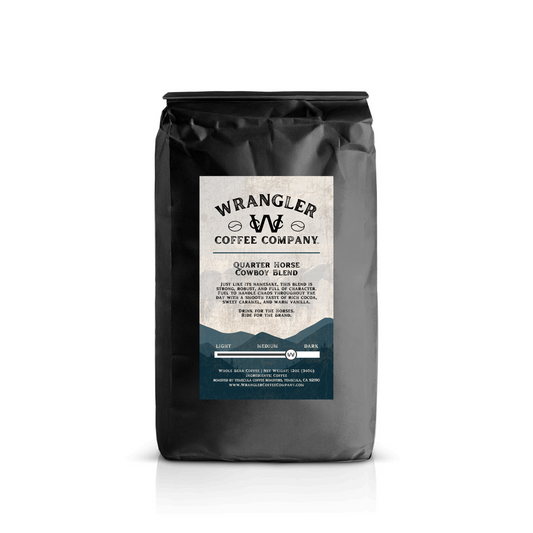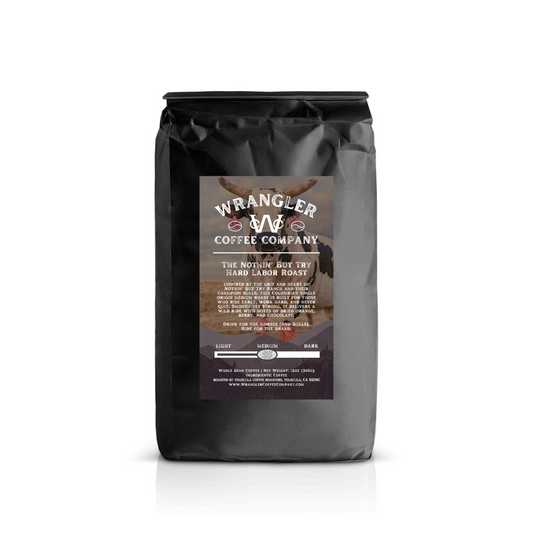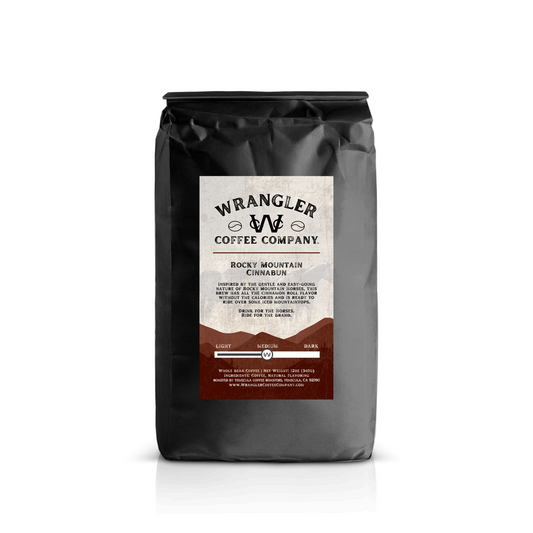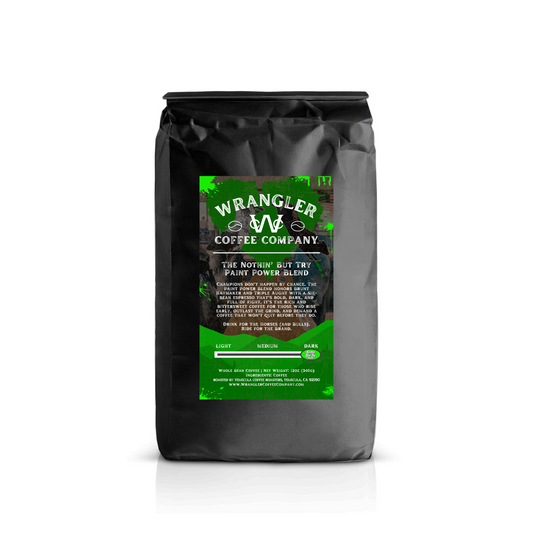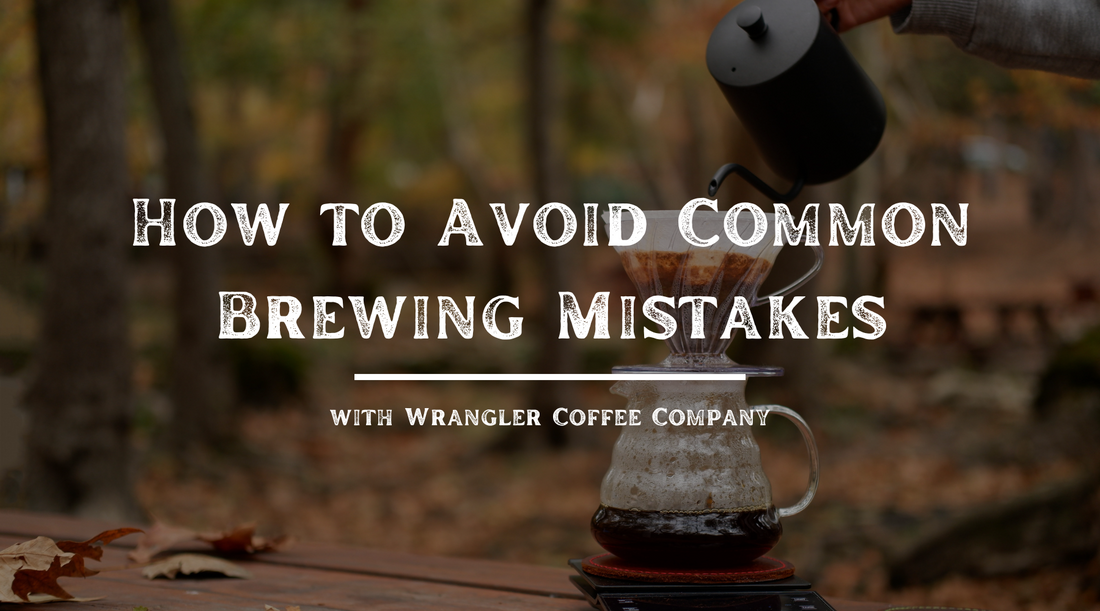
How to Avoid Common Brewing Mistakes
Share
Whether you're a coffee enthusiast or just like a solid brew that'll power you through the day, you know that a cup of coffee can help make or break your day and that achieving the perfect brew is often easier said than done. Many of us fall victim to common mistakes when brewing coffee, resulting in a less-than-ideal coffee experience. In this post, we'll explore these common mistakes and, more importantly, how to avoid them.
1. Using Stale Coffee Beans: The first and most crucial step to great coffee is starting with fresh beans. Stale coffee beans will never yield a rich and flavorful cup (this is why we freshly roast our beans to order). To avoid this mistake, use whole beans and use them within two to four weeks of their roast date. Also be sure to store them in an airtight container, away from light and heat.
2. Grinding Too Early: Investing in a coffee grinder is a game-changer, but only if you grind your beans just before brewing. Ground coffee loses its flavor and aroma quickly due to oxidation. So, resist the urge to grind a large batch and grind only what you need for your current brew.
3. Neglecting Water Quality: Coffee is over 98% water, so the quality of your water can significantly impact the taste of your coffee. Avoid using tap water with strong odors or tastes. Instead, opt for filtered or bottled water with a clean and neutral flavor.
4. Incorrect Coffee-to-Water Ratio: Getting the coffee-to-water ratio right is crucial. Using too little coffee will result in a weak brew, while too much will make it bitter. A general rule of thumb is one to two tablespoons of coffee per six ounces of water. Experiment with this ratio to find your perfect strength and desired taste.
5. Inconsistent Brewing Temperature: The water temperature is another critical factor. Coffee should be brewed between 195°F and 205°F (90°C-96°C). Boiling water can scorch the coffee, while water that's too cool will under-extract the flavors. For best results, consider using a good thermometer or kettle with precise temperature control to maintain consistency.
6. Ignoring Brew Time: Brew time matters more than most may think. Over-extraction (brewing for too long) or under-extraction (brewing too quickly) can ruin any coffee. The ideal brew time varies depending on your brewing method. A French press typically takes about 4 minutes, while an espresso shot should take 25-30 seconds.
7. Neglecting the Grind Size: Different coffee brewing methods require different grind sizes. A fine grind is ideal for espresso, while a coarse grind is better for French press. Using the wrong grind size can lead to inconsistent extraction. Invest in a quality burr grinder that allows you to adjust the grind size to suit your brewing method.
8. Skipping the Bloom: Here's a little secret, before you start brewing, pour a small amount of hot water over the coffee grounds and let it sit for 30 seconds. This "bloom" process helps release trapped gases, ensuring even extraction and a smoother taste.
9. Using Dirty Equipment: Your coffee maker, grinder, and other brewing equipment can accumulate coffee oils and residue over time. Regularly clean and maintain your equipment to prevent off-flavors, musty odors, and the growth of mold and/or bacteria. Also, promptly rinse any equipment that comes into contact with dairy as bacteria can quickly grow and cause more trouble than just a bad tasting brew.
10. Neglecting the Coffee's Origin: Not all coffee beans are the same, and where they come from matters. Explore different coffee origins and their unique flavor profiles. Experiment with a range of single-origin beans, blends, and roast levels to discover the flavors you enjoy the most.
To summarize, brewing the perfect cup of coffee is an art that requires attention to detail and is unique to each of our own preferences. Avoiding these common mistakes can make a significant difference in the taste and aroma of your brew. For the greatest chance of success, start with fresh beans from Wrangler Coffee Company, measure your ingredients accurately, pay attention to water quality and temperature, and clean your equipment regularly. With practice and patience, you'll be on your way to brewing coffee that rivals the best cafes in town (and at a lower cost).

